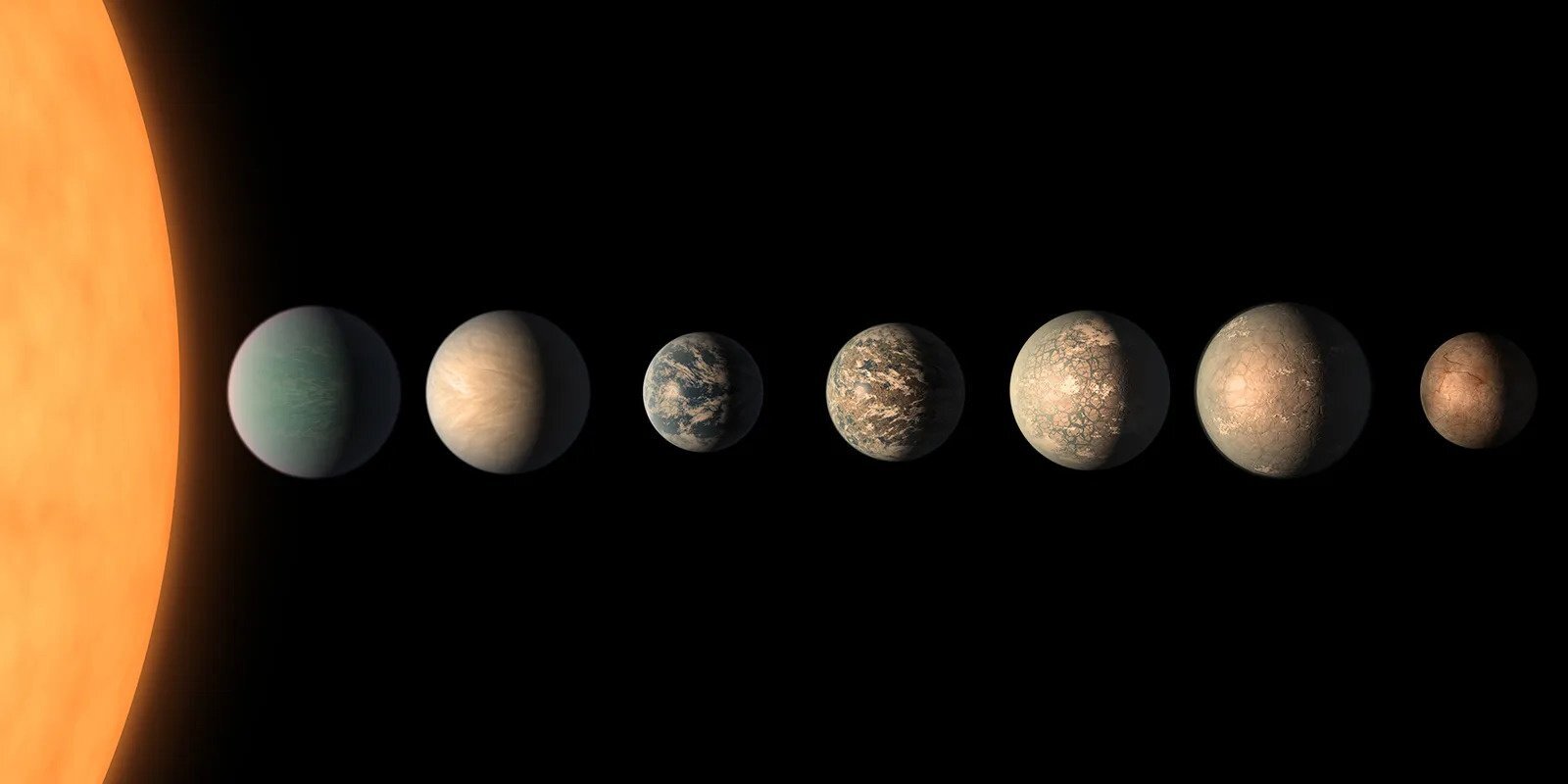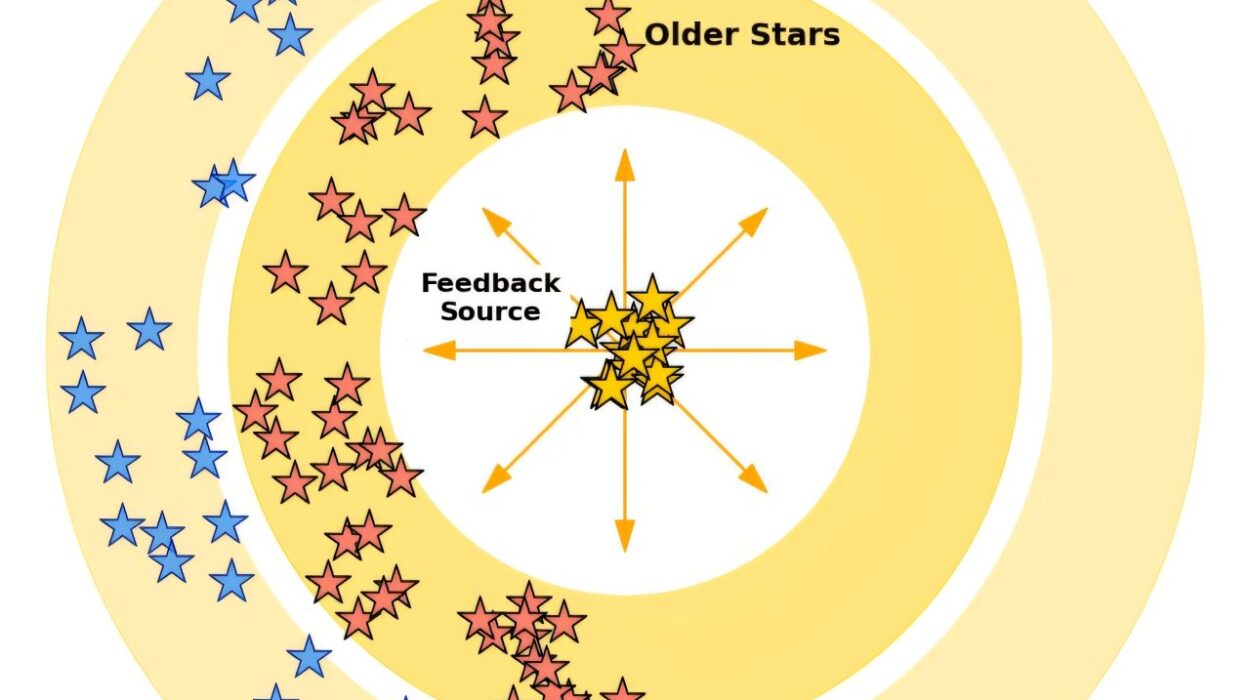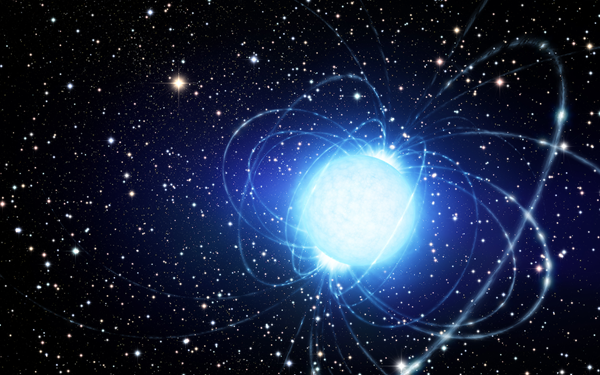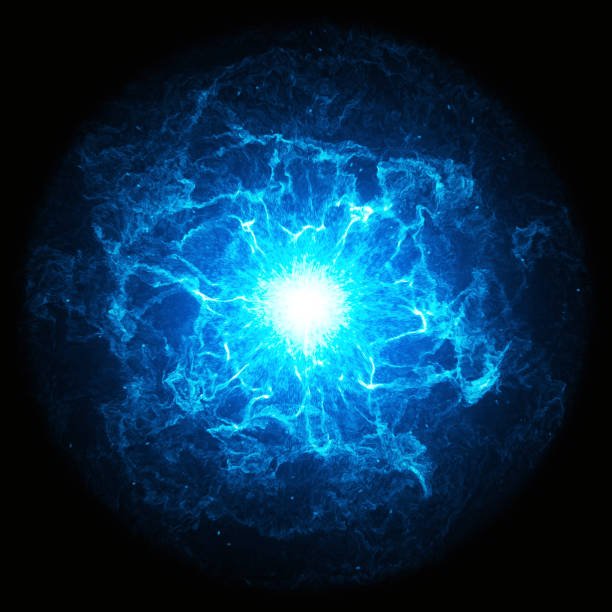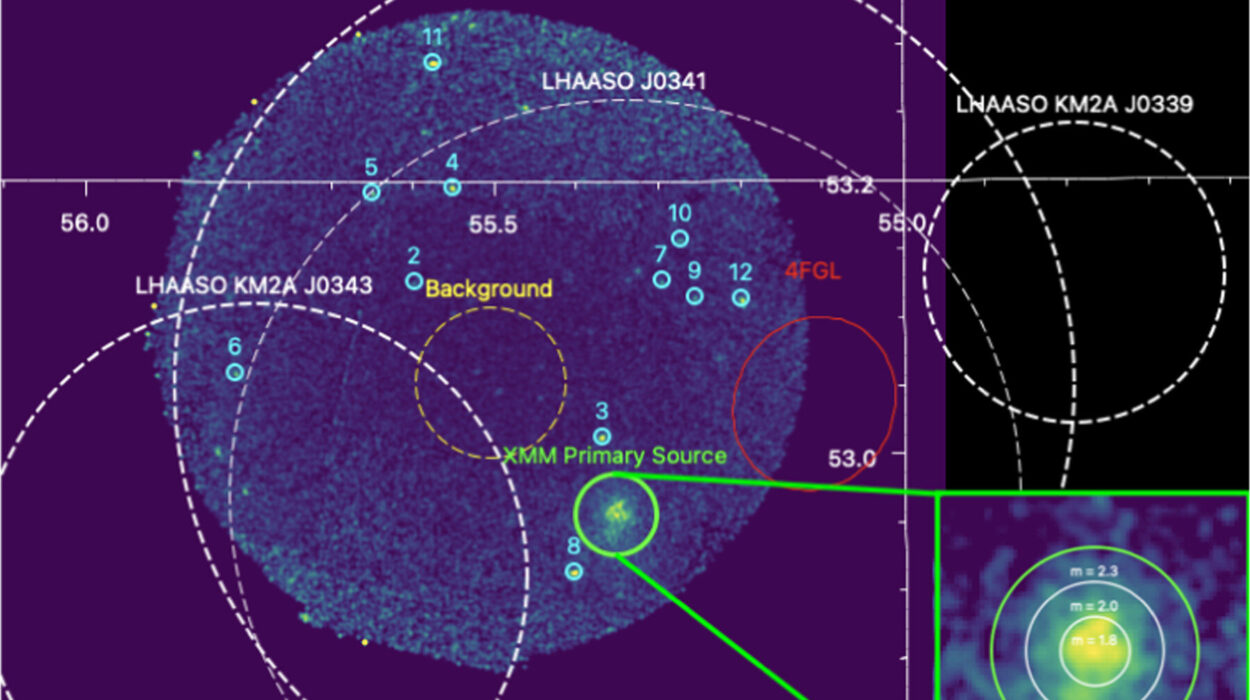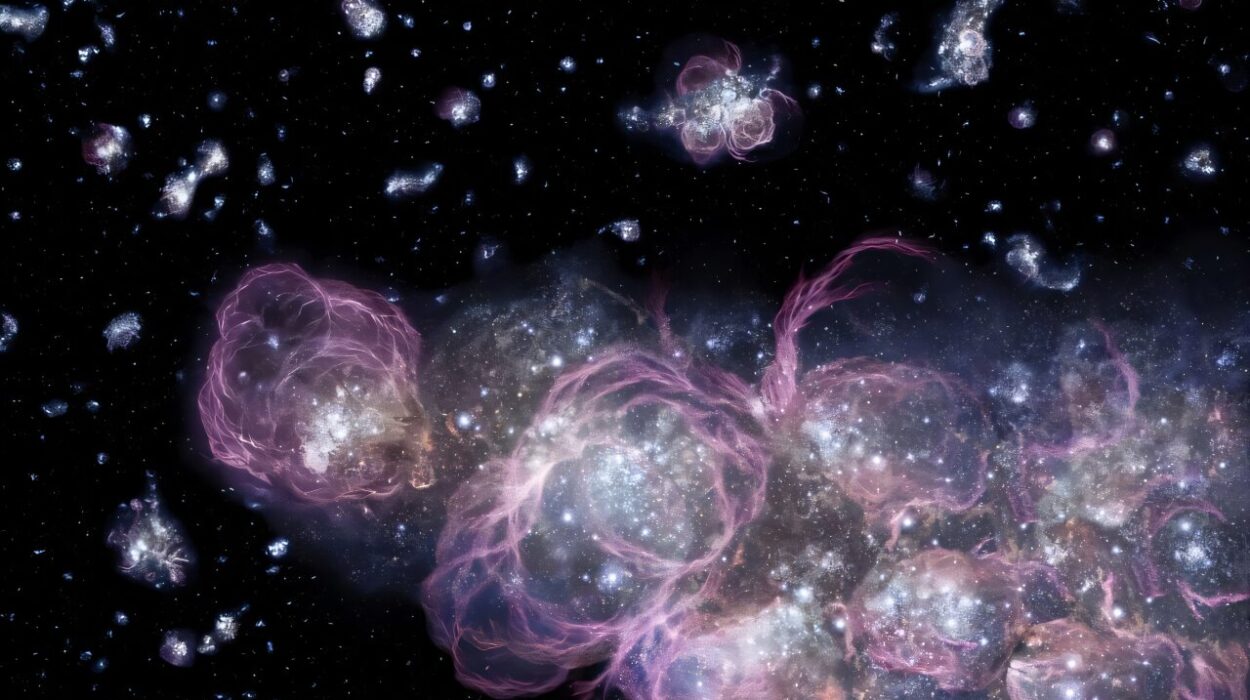For centuries, the question of extraterrestrial life has captivated human imagination. But in the scientific age, that curiosity has transformed into a measurable quest. As humanity builds bigger telescopes and more sensitive instruments, astronomers are no longer limited to dreaming about other worlds—they’re beginning to study them. Among the most tantalizing tools for this purpose is the James Webb Space Telescope (JWST), whose spectroscopic eyes can analyze the atmospheres of distant planets orbiting other stars. It is here, in the invisible chemistry of alien skies, that scientists hope to find signs of life.
Traditionally, the search has focused on specific “biosignatures”—chemical indicators that might betray the presence of life. Chief among them is molecular oxygen. On Earth, oxygen is produced almost entirely by living organisms, especially through the photosynthetic activity of plants and microbes. If another intelligent species observed Earth from afar, the abundance of atmospheric oxygen would be a flashing beacon of biological activity. But therein lies a limitation. Is it reasonable to assume that all life elsewhere would resemble life here?
Beyond the Holy Grail of Oxygen
Oxygen is compelling, but it’s not enough. That’s because oxygen—like many other gases—can also be produced through non-living, or abiotic, processes. A planet could have a strong signal of oxygen due to photochemical reactions in its atmosphere, not because trees and algae are breathing beneath its clouds. Methane is another molecule that can mislead. On Earth, methane is released by biological processes like fermentation or digestion, but it’s also found in the atmospheres of planets and moons without any known life at all, such as Saturn’s moon Titan.
So far, astronomers have not identified a single, unambiguous, universal chemical that screams “life” when observed from light-years away. That has prompted some researchers to pivot their approach—not toward looking for one molecule to solve the puzzle, but toward understanding the broader picture: how multiple atmospheric chemicals interact with each other. Instead of seeking a single clue, they propose to study the entire mystery novel.
A New Frontier: Chemical Reaction Networks
In a recent paper published in The Planetary Science Journal, scientists Theresa Fisher, Estelle Janin, and Sara Imari Walker propose a bold new approach: using chemical reaction networks (CRNs) to decode the atmospheric chemistry of exoplanets. Rather than focusing on isolated gas abundances, this method examines how chemical species interact across a planetary atmosphere, revealing complex patterns that might indicate the presence—or absence—of life.
A CRN is a dynamic web of chemical reactions. Imagine an invisible ballet where molecules collide, combine, and transform. In a living system, these reactions are often tightly regulated and structured in intricate feedback loops, a hallmark of biological processes. In contrast, abiotic systems tend to exhibit simpler or more chaotic chemical networks. By mapping out and analyzing these networks, scientists may be able to distinguish life-influenced atmospheres from lifeless ones—even if that life is vastly different from our own.
This is especially important because alien life may not breathe oxygen or emit methane. It might operate on a chemical basis that Earth biochemistry has never seen. CRNs could help identify life “as we don’t know it.”
Simulating Alien Atmospheres
To test their hypothesis, the researchers created simulations of 30,000 Earth-like atmospheres. These weren’t carbon copies of modern Earth but included two broad categories: Archaean-Earth-like worlds and modern-Earth-like worlds.
Archaean-Earth-type planets are modeled after our own planet from billions of years ago—during a time when oxygen was scarce, and methane and ammonia were dominant gases. Life at that time was microbial and anaerobic, thriving in oceans under a hazy, reducing sky. Such environments may be common on exoplanets, especially younger ones or those orbiting cooler stars.
Modern-Earth-like planets, by contrast, resemble our current atmosphere, with a mix of nitrogen and oxygen and traces of hydrocarbons. The simulations even included technological pollutants like chlorofluorocarbons (CFCs)—human-made chemicals used in refrigeration and aerosols that were once widespread before being phased out due to their environmental impact.
By examining how gases like methane and CFC-12 interacted in these various planetary atmospheres, the team could identify telltale network patterns. For instance, methane generated through biological processes (methanogenesis) forms a different CRN signature than methane produced by geological activity like hydrothermal alteration of rocks. This subtle difference could be crucial when trying to distinguish biotic signals from abiotic ones using only remote telescope data.
Finding Meaning in Complexity
The team employed Bayesian statistics to interpret their network models. Bayesian inference allows scientists to update their beliefs based on new evidence—an ideal method when dealing with uncertain data from alien worlds. The results were illuminating.
Not only could the CRN method help identify biotic signals, but it could also rule out life where previous methods might have produced ambiguous results. For example, an atmosphere that contains methane but lacks the network complexity expected from biological interactions might be deemed lifeless with greater confidence. That helps avoid false positives—one of the biggest concerns in the field of astrobiology.
Even more intriguingly, the network method was sensitive enough to detect technosignatures—chemical markers that suggest technological activity, like the release of synthetic compounds such as CFC-12. On Earth, these chemicals didn’t exist before industrial development. Their presence on another world could hint at intelligent life, even in the absence of other biosignatures.
A Systems-Level Vision of Alien Life
The chemical networking approach marks a shift toward a systems-level understanding of planetary atmospheres. Instead of analyzing molecules in isolation, scientists are now looking at how an entire system behaves. Is it self-organizing? Is it maintaining chemical disequilibrium over long periods—something that life tends to do? Does the network show signs of directed energy flow, like what we see in metabolism?
These are not yes-or-no questions but patterns of behavior. And in many ways, that’s how we detect life on Earth, too. A forest isn’t alive because we measure one gas; it’s alive because of the cycling of carbon, water, and energy that persists and renews itself. CRN analysis brings that holistic thinking into the search for life elsewhere.
It’s also a powerful tool when dealing with unknowns. There are likely to be many planets where scientists lack detailed knowledge of the surface conditions or subsurface oceans. Yet even in those murky cases, atmospheric CRNs might reveal patterns suggestive of biology—or rule it out with high certainty.
The Future of Biosignature Detection
As the James Webb Space Telescope and future missions like the European Extremely Large Telescope (E-ELT) or NASA’s proposed Habitable Worlds Observatory begin to collect even more precise spectra from distant exoplanet atmospheres, the value of CRN analysis will only grow.
One of the key takeaways from the study is that life leaves fingerprints in complexity. It doesn’t always shout through one molecule—it whispers through thousands of interactions. By listening to those chemical conversations, scientists hope to catch signs of life even when it doesn’t look like anything we’ve ever imagined.
This method also opens the door to discovering life that isn’t Earth-like. Life that thrives in exotic solvents like methane or ethane, or that builds its structures out of silicon instead of carbon, might still create recognizable patterns in a CRN—precisely because networks, not specific chemicals, are what matter most.
Toward a New Philosophy of Exploration
There’s something deeply philosophical about this new approach. It accepts that we might not know what we’re looking for—and builds a system designed to adapt to surprise. Rather than limiting our search to the familiar, CRN analysis encourages open-mindedness. It reflects a growing maturity in astrobiology, one that recognizes that the universe might be far more inventive than our own planet suggests.
As humanity stares deeper into the cosmos, we are beginning to develop not just the tools of detection, but the wisdom to interpret what we see. CRN analysis may not provide the emotional thrill of a clear “YES” signal tomorrow. But it’s laying the foundation for confidence in the answers we do find—whether that means discovering life on a distant world, or learning just how rare our living Earth truly is.
In the end, the search for life in the universe may not hinge on a single molecule, but on understanding the quiet, complex poetry of chemical interactions—the invisible script that all life, everywhere, must write.
Reference: Theresa Fisher et al, A Complex Systems Approach to Exoplanet Atmospheric Chemistry: New Prospects for Ruling Out the Possibility of Alien Life As We Know It, The Planetary Science Journal (2025). DOI: 10.3847/PSJ/adcc27
